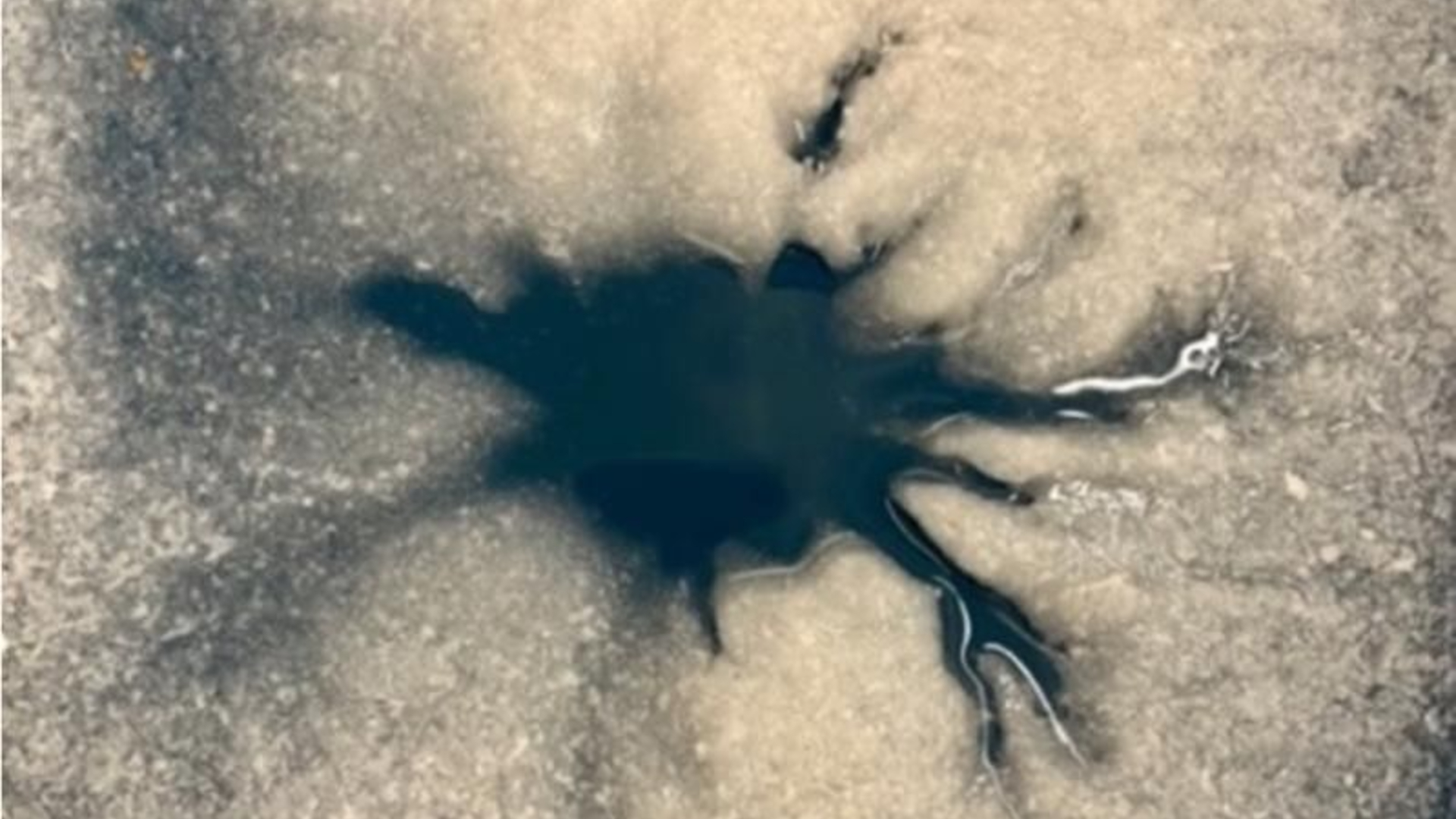How NASA's New Horizons Mission to Pluto Works (Infographic)

Launched in 2006, the New Horizons probe is the first spacecraft to fly past Pluto. Once thought to be a planet as massive as Earth, Pluto is now known to be an icy body only two-thirds the diameter of Earth’s moon. New Horizons did not stop at Pluto, but is traveling deeper into the Kuiper Belt, with the possibility of encountering more Kuiper Belt objects (KBOs) in the future.
New Horizons got a speed boost from Jupiter’s gravity in 2007. Without it, the probe would not have reached Pluto until the year 2036.
About the size of a grand piano, New Horizons is powered by a radioisotope thermoelectric generator (RTG). This nuclear battery releases energy though the decay of 24 lbs. (11 kilograms) of radioactive plutonium. Similar generators were used by the Voyager space probes and on the moon by Apollo astronauts.
New Horizons’ onboard scientific instruments include cameras, spectrometers, a dust particle detector and radio wave experiments.
Breaking space news, the latest updates on rocket launches, skywatching events and more!
During the flyby, New Horizons collected about 50 gigabytes of photos and other data. To transmit its entire load of data back to Earth will require 16 months.

Karl's association with Space.com goes back to 2000, when he was hired to produce interactive Flash graphics. From 2010 to 2016, Karl worked as an infographics specialist across all editorial properties of Purch (formerly known as TechMediaNetwork). Before joining Space.com, Karl spent 11 years at the New York headquarters of The Associated Press, creating news graphics for use around the world in newspapers and on the web. He has a degree in graphic design from Louisiana State University and now works as a freelance graphic designer in New York City.
